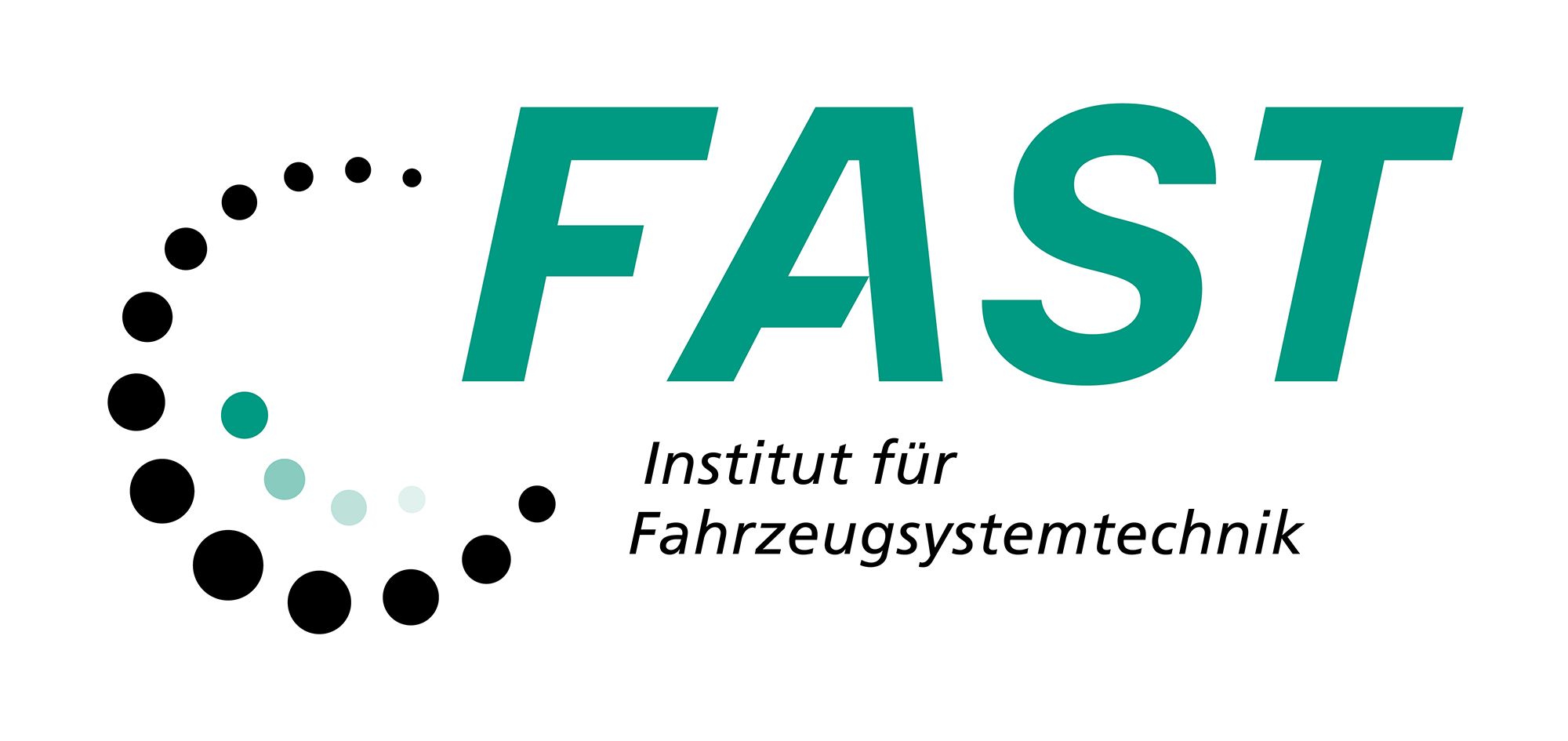Lightweight constructions with fiber-reinforced-polymers - theory and practice
- type: Lecture / Practice (VÜ)
- semester: WS 24/25
-
time:
Wed 2024-10-23
13:00 - 17:00, weekly
Wed 2024-10-30
13:00 - 17:00, weekly
Wed 2024-11-06
13:00 - 17:00, weekly
Wed 2024-11-13
13:00 - 17:00, weekly
Wed 2024-11-20
13:00 - 17:00, weekly
Wed 2024-11-27
13:00 - 17:00, weekly
Wed 2024-12-04
13:00 - 17:00, weekly
Wed 2024-12-11
13:00 - 17:00, weekly
Wed 2024-12-18
13:00 - 17:00, weekly
Wed 2025-01-08
13:00 - 17:00, weekly
Wed 2025-01-15
13:00 - 17:00, weekly
Wed 2025-01-22
13:00 - 17:00, weekly
Wed 2025-01-29
13:00 - 17:00, weekly
Wed 2025-02-05
13:00 - 17:00, weekly
Wed 2025-02-12
13:00 - 17:00, weekly
-
lecturer:
Prof. Dr.-Ing. Luise Kärger
Dr.-Ing. Wilfried Liebig - sws: 4
- lv-no.: 2113110
- information: On-Site
| Content | The cooperative educational concept of the FAST-LB and IAM-WK give students an understanding of theory and practice for lightweight constructing with fiber-reinforced-polymers. Students solve an engineering lightweight task in small groups (max. 4 p.), for example the construction of an optimal bending beam under certain space and weight conditions. Various Materials (fibers, resins, foams, etc.) as well as relevant material data are provided and can be used any arbitrary combination. Mechanical properties of the semi-finished fiber products are to be determined by supervised tests on coupon samples. In a first step, students develop a theoretical solution and verify it simulative. Therefore, an introductory basic lecture teaches the mechanics and simulations techniques of fiber-reinforced-polymers. In a second step the students manufacture specimens based on their theoretical solution at the IAM-WK. The specimens are then tested on bending machines. The students gain knowledge about fiber-reinforced-polymers (materials, manufacturing, manufacturing effects, restrictions, etc.) and structural
Learning Objectives Students will be able to name and explain lightweight design strategies. They are familiar with typical fiber and matrix materials and their function in fiber composite materials. They will be familiar with the operating principle of a sandwich composite with foam core and will be able to describe and justify typical deformation and stress curves. They can name characteristic mechanical parameters and manufacturing processes. For the numerical analysis of FRP components, the |
| Language of instruction | German |

